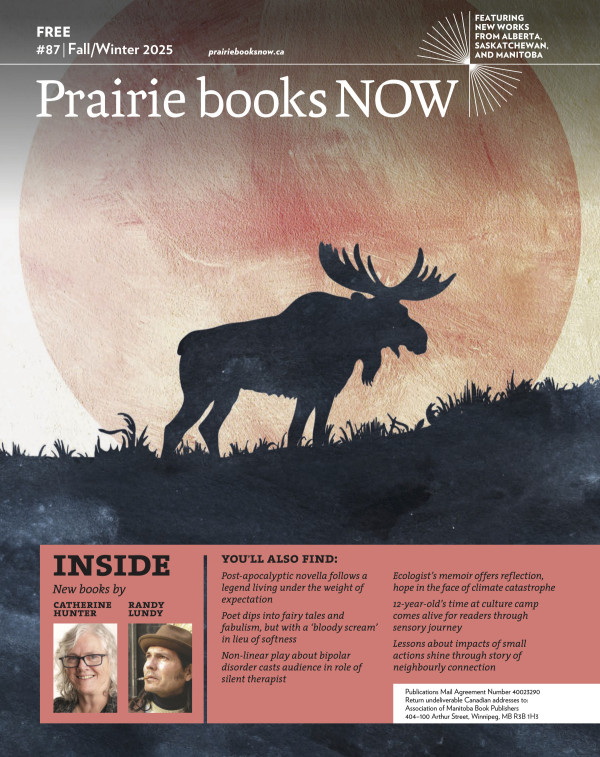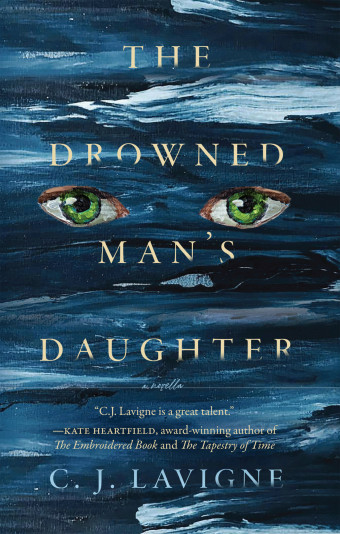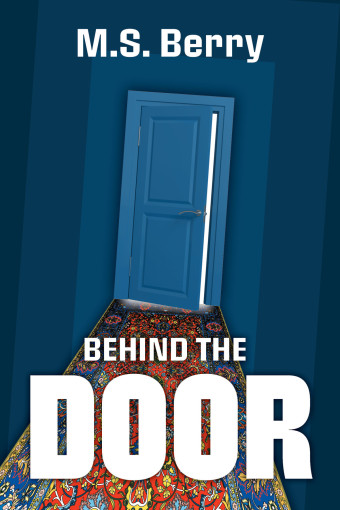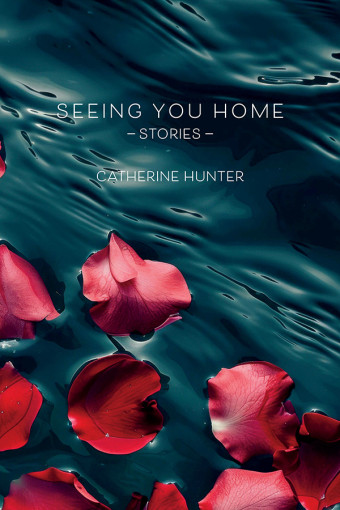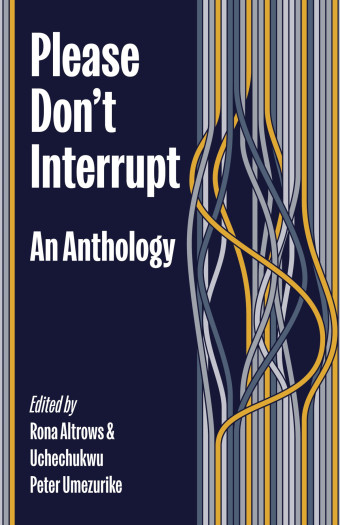The Mother Goose Letters – an updated and revamped collection of Mother Goose stories, backstories, and rhymes – is certainly not your standard fare of children’s nursery rhymes. Karen Clavelle’s ingenious words, combined with imaginative artwork by Bob Haverluck, bring the reader into an entirely new Goose world – this time a little closer to home in the Canadian Prairies.
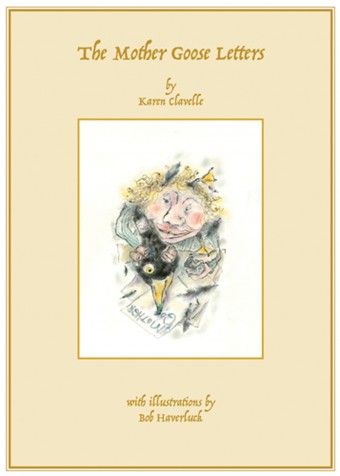
- The Mother Goose Letters
- Karen Clavelle, Bob Haverluck (Illustrator)
- At Bay Press
- $28.95 Hardcover, 160 pages
- ISBN: 978-19-88168-12-8
“The stories I heard and loved as a child – from nursery rhymes and fairy tales, to Greek myths and traditional First Nations creation stories – were exotic, and un-informing of the place I lived: a little bungalow in an urban community,” Clavelle says. “They didn’t reference my place or reflect what was going on around me. Neither did I hear stories of the place where my grandparents (migrant Scots homesteaders) or my parents (Prairie farm children) grew up.
“In The Mother Goose Letters, I wanted to construct a narrative reflective of the place I know: my Prairie. In retrospect, I think I might have brought some of the stories home, so to speak, and I managed to get in a little Prairie history at the same time,” she adds.
Clavelle has not only created a collection of modernized – and Canadian – nursery rhymes and stories, but she has created a character in Mother Goose, who was once just an anonymous writer of children’s rhymes. Clavelle’s Goose is full of sarcasm and humour, imagination and kindness. She’s a force to be reckoned with. And Haverluck’s whimsical drawings enhance that creation.
Haverluck says, “Karen’s playfulness with this émigré managerial settler matron from the seat of the Scot-fuelled British Empire unearthed images galore.”
The Mother Goose Letters centres on letters from Mother Goose to her characters as collected by a student conducting research for her thesis. These letters serve to provide context to the revised Prairie rhymes, which Clavelle has filled with political satire, historical humour, and sheer wit.
“It interests me that the Mother Goose stories and tales that have travelled around the world (primarily as children’s literature) have generally remained resistant to change in time, setting, and/or context.”
“The Mother Goose Letters began with Mother Goose attempting to inveigle her wary cohorts to join her in the Prairies, a place with room for all,” Clavelle says. “This notion comes from the present as much as from the past: when people migrate to a new place, they often arrive with friends and family, or friends and family follow. The Goose, who sees possibility for friends, also sees the opportunity for new narratives reflective of current time and place, vicissitudes notwithstanding.”

The rhymes are written from the perspective of a twenty-first–century character with a very long history, Clavelle notes, with the name Mother Goose first appearing in the early eighteenth century.
“It interests me that the Mother Goose stories and tales that have travelled around the world (primarily as children’s literature) have generally remained resistant to change in time, setting, and/or context,” she says.
“At present, our society is awash in change happening so fast we are all but drowning in it. The twists in the various narratives in The Mother Goose Letters, I would hope, parody that change in our personal and public narratives. Consider sensitivity to diversity, the Me Too movement, gender issues, class issues, the current demand to recast history, political correctness, the unfathomable event of galloping technology – the list goes on.”

